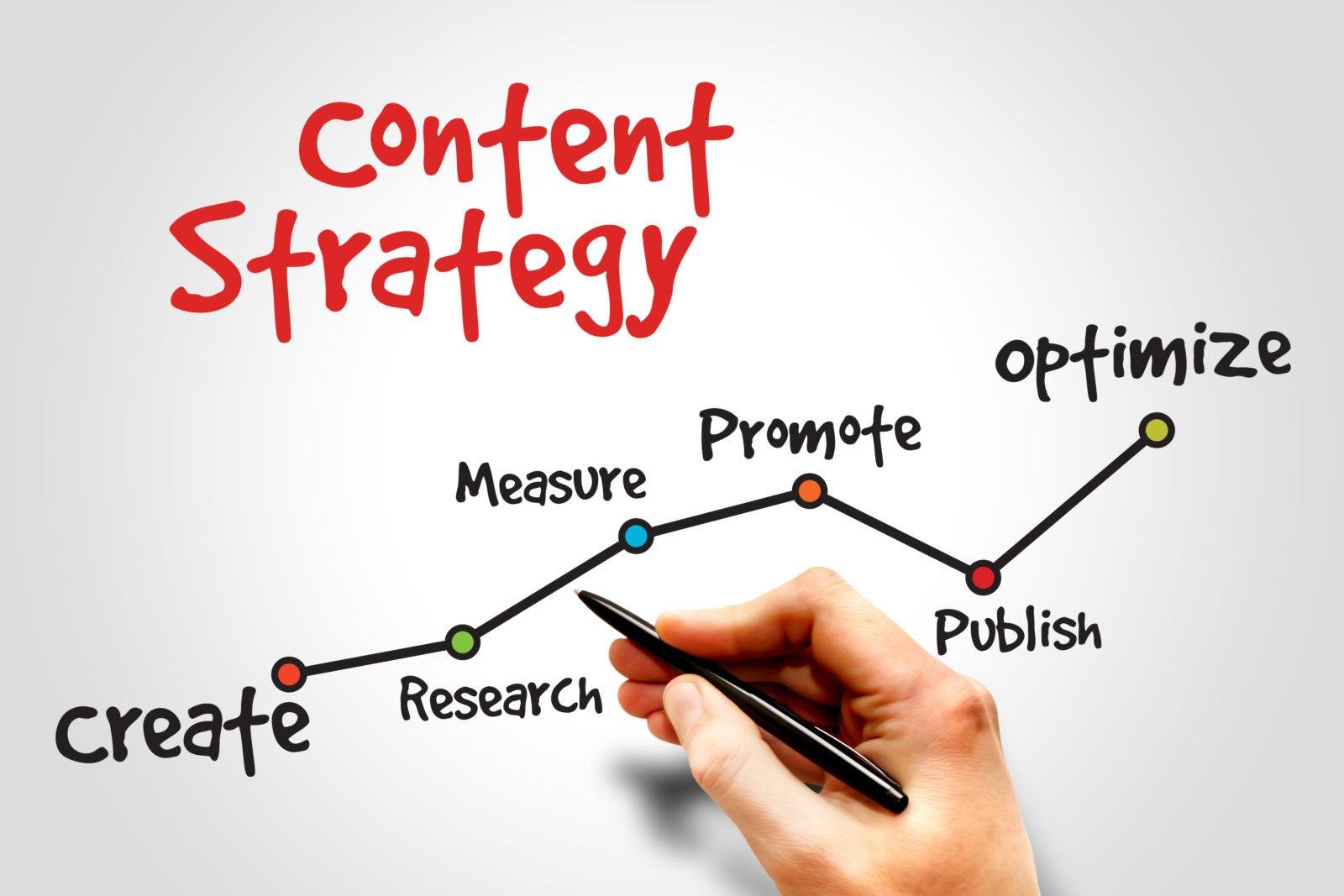Blogs are a powerful tool in your digital marketing strategy. Even big brands, like Walmart, Nike, and Apple, still use blogs to boost their web presence, engage their consumers, and increase conversions on their sites. However, most businesses overlook the importance of effective user experience design when crafting a blog. This is a major misstep, as your blog needs to be functional, engaging, and user-friendly if you want it to support your overall digital marketing strategy. Improve your blog user experience and boost your digital presence by leaning into the idea of visual storytelling. A clean, visually engaging blog will keep folks on the page for longer and is more likely to build the kind of brand presence that you want for your business.
Why Run a Blog?
If you’ve been in the digital marketing industry for some time, you’ll know that ranking on search engines is one of your top priorities. Ranking well on search engine results pages (SERPs) like Bing and Google ensures that consumers can find your business and learn more about your products.
You can boost your chances of ranking highly on relevant SERPs by building a blog that focuses on your product or service. A blog is the perfect platform to write keyword-research-driven articles and is a great way to grow your sitemap through a robust linking strategy.
Blogs aren’t just good for SERPs like Google. A blog can boost your brand presence and increase your authority amongst customers. For example, many banks have blogs that offer relevant financial advice to consumers to build their appeal and convince potential customers that they offer services that promote financial growth. This increases conversions, strengthens business brand awareness, and gives consumers content that adds meaningful value to their lives.
Creating Better Content

A big blog is certain to increase your traffic and drive more consumers towards your website. However, if you want to make the most out of your digital presence, you must strive to produce better content for your company’s blog.
Start by making changes that improve the user experience. Nothing will deter readers like small fonts, garish colours, and walls of text. Users want to see plenty of whitespace when they land on your page and will appreciate a site that is free from clutter. You can declutter your business’ blog by:
- Eliminating unnecessary ads;
- Adding a search bar and delete unwieldy directories;
- Encouraging guest bloggers to use short paragraphs and bullet points;
- Using H2 headers to break blog posts up.
This will make for a more pleasant reading experience and will earn you bonus points on SERPs like Google.
You can further strengthen your blog by creating a content calendar for your web pages. Start by researching your audience to find out more about their preferences and gather insights like:
- Which topics do your readers care about?
- What questions do your consumers commonly ask?
- What problems can you solve?
- What demographics do you generally target?
These questions will help you brainstorm content ideas and ensure your blog articles are relevant. This user-centric approach can help you build a powerful backlinking strategy that improves UX and boosts your web presence, too.
Linking Strategies

A robust linking strategy can build your web presence and help improve the user experience. Put simply, when folks land on your blog, they don’t just want to read a single article and then move on. Instead, many users want to dig around and learn more from your expertise on a subject.
When writing your blog articles, be sure to keep a list of relevant internal links nearby. As you write, find ways to incorporate these links in a natural, relevant way. This will reduce the bounce rate on your web page and increase your authority on a given subject. Over time, this will increase your ranking on SERPs, improve the user experience, and drive consumers towards your sales funnel.
Follow-up with an effective backlinking strategy. A robust backlinking strategy increases traffic and ensures that the right users are landing on your site. This is key if you want to run a blog page with a high conversion rate, as you’ll need to attract highly qualified leads to your company’s website.
If you don’t have time to write guest articles on other people’s pages, consider using AI to help get passive backlinks. AI will handle the heavy lifting and give you time to focus on user-centric changes that improve the UX of your site.
Visual Content
A blog doesn’t have to be filled with well-written articles. Blogs are the perfect place to publish visual content like infographics and videos, too. Visual content is particularly powerful today, as more users can consume video content thanks to faster loading speeds and more powerful personal devices.
Visual content increases your SERP ranking, too. High-quality videos that inform or entertain have users on your pages for longer. This increases your average session duration and shows SERPs like Google that you have something meaningful to offer.
Start by nailing simple video content. Focus on producing easy “how-tos” that teach consumers to use your product or service properly. This authentically improves the user experience and may lead to higher conversions as folks are more likely to buy your product if they know how to use it. Follow up with a script of the video that covers the same information and is written with visual/audio disabilities in mind.
As your skills improve, try to produce more emotionally appealing content. Video content with a strong emotional appeal keeps the audience’s attention for longer and may lead to higher conversions as viewers are more likely to trust your brand. If you’re short on ideas, consider following in the footsteps of well-known brands like REI and Patagonia. These brands know how to deliver an ethical appeal and will give you plenty of inspiration to draw from.
Conclusion
User-centric blog design can boost your brand presence and help you rank higher on SERPs. A well-crafted blog with strategic UX features can increase your conversions, too. Get the ball rolling by assessing your current content and cutting down on unnecessary ads. Reformat some of your content to increase white space on the page and complete audience research to help you brainstorm relevant, highly engaging articles in the future.


